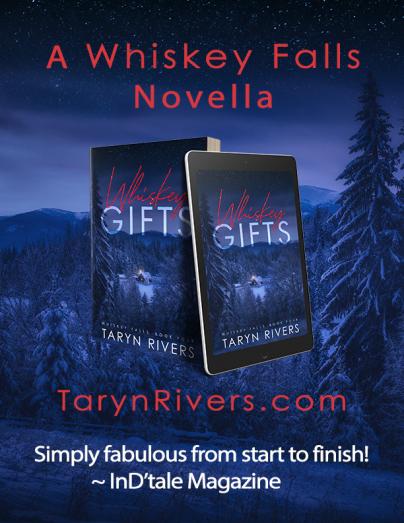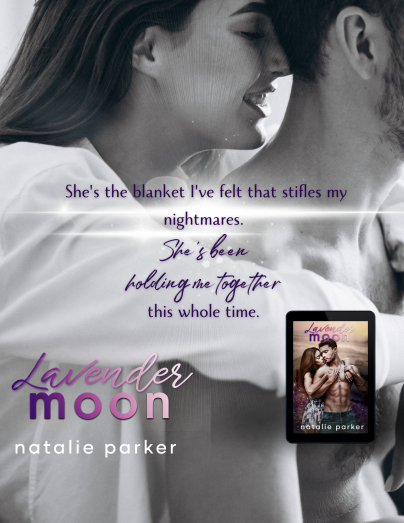News & reviews for the fiction lover in us all!
You Want WHAT?!? Odd Publisher's Guidelines
Whether you’re old at heart like me, and go into the reference section of the library every year to check the latest edition of “The Writer’s Market”, or you’re a normal person and find sources online, an important part of the writing process is figuring out appropriate places to submit your work – which means you have to look at a magazine’s or publisher’s submission guidelines. ’d say at least 90% of the time, the guidelines are detailed enough and fine; everybody wins. You don’t end up submitting your Satanic erotica to “Highlights For Children”, or your vegan recipes to “Soldier of Fortune”.
Occasionally though, over the many years I’ve been checking guidelines, I’ve found a few that stood out, because they were, I thought, too limiting, weird, not helpful, or simple funny. Therefore, I’d like to list some of these, and then (gently) mock them. (Bear in mind, I write mostly Horror-Dark Fantasy-Suspense.)
Limiting
- “No discrimination against race, age, or gender.” From a magazine that publishes Horror, Sci-Fi, and Fantasy. I get that some magazines' readership includes children. And I can see that the magazine doesn’t want, say, Aryan skinhead manifestos, or the like. But seriously, no discrimination against race, gender and age? So your vampire can kill people, but she can’t deny a person employment because they’re over 60, or a werewolf?
- Regional limitations. I can acknowledge that certain publications want to cater to their area, and maybe even solely feature authors from that area. If it’s say, Canada, okay, but I saw one magazine that only accepted authors from one California city, so why even advertise in nationally seen books like “The Writer’s Market"?
- “Synopsis of not more than 25 words.” For novellas, novels, etc., asking this as an exercise might have merit, if it’s combined with a normal length synopsis, but just this alone? Can they really tell much about the book from this?
- The general guidelines of Horror magazines/publishers, sometimes listed as being “edgy”, and “terrifying” horror, who then say no to any graphic language, violence, sex, or gore. Kind of like the previous one, I understand not every story has to be “R” rated, or even “PG”, but come on! No gratuitous profanity, sex, violence, etc., seems like a reasonable request, but having absolutely none of these elements, ever, must make for some awfully watered-down Horror stories.
- A magazine which published largely erotica said, “No ‘cute’ or ‘sweet’, or crude, or sex fantasies.” So a writer had to hit that narrow medium every time?
Weird
- “Not looking for stories with emphasis on drugs, murder, rape, and body piercing.” One of these words is not like the others.
- “No religion, anti-religion, or evolutionary” for a Horror and Suspense publication. Seems oddly precise—talk about not wanting to discuss a sometimes inflammatory political issue.
- A Sci-Fi and Horror magazine says “no porn or advert gore”. Advert? Did they mean “overt”? “Advertising” gore? Maybe it’s a typo, or if not, it’s an expression I’m not familiar with.
- “Things that are shocking, dark, lewd, comic, or even insane are okay, as long as the fiction is controlled and purposeful.” So fiction by a crazy person is fine, as long as their stories are spelled and punctuated correctly, are grammatically correct, have a beginning, middle, and end, and the main character has an arc...
Read the entire article in the April 2023 issue of InD'Tale magazine.
You can just click on the magazine image on the left hand side of our home page to open and enjoy!
OR
If you would like to receive the magazine every month (for FREE!) , just sign up on our home page. Once you do, an e-mail validation notice will be sent directly to you. Just open and click the link and you're in - forever! Each month the magazine will be delivered directly to your inbox to downlad and read!




